
Aligning Housing and Transit at the National Service Coordinator Conference
- Author: Kayla Casanova
- Date: November 25, 2024
During my time at the National Service Coordinator Conference in Indianapolis, I had the privilege of speaking about a topic…

During my time at the National Service Coordinator Conference in Indianapolis, I had the privilege of speaking about a topic…
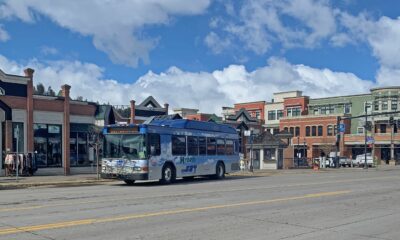
Small transit systems in rural areas and small towns across the U.S. are implementing creative solutions to address mobility challenges.…
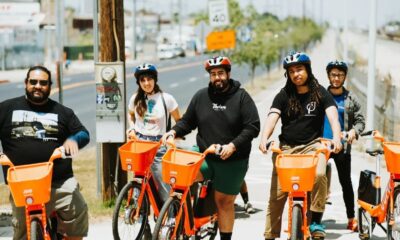
Part 1: Why e-bikes? What if I told you that there was a low-cost transportation policy measure that New York…

Reliable transportation is essential for workforce participation, yet it remains a significant barrier to employment across many regions of the…

Building a clean and equitable energy economy while addressing the climate crisis has always been a top priority of the…

So often our discussion of public transit is from an adult perspective: How can more public transit impact the rate…
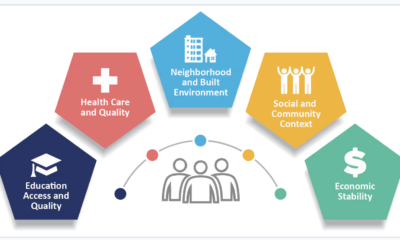
Imagine going to a doctor and getting a prescription for transportation insecurity. Thanks to the work of the Gravity Project,…
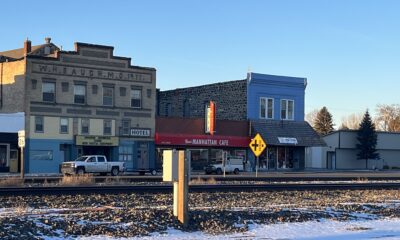
Residents in Lincoln Co., Idaho are predominantly farmers and ranchers, with a population of just over 5,000 and under 2,000…

Access to fresh, nutritious food remains a significant challenge for many communities across the United States, particularly in rural areas…

It’s past time we acknowledge that non-drivers exist, not just in big cities but everywhere. Even in rural America, we make up nearly a third, if not more, of the population. We need to make it possible for people who can’t drive or can’t afford to drive to live, and even thrive in all our communities.

There are many things that need to happen when natural disasters hit, from evacuation to emergency responses, to relief efforts.…

Access to healthcare is essential for everyone, but it is particularly important for children’s growth and development. Healthcare access improves…

As of May, the average rent for an apartment in San Jose is $2,526 per month — 67% higher than the national average. The average cost to buy a home? Almost $1.5 million.
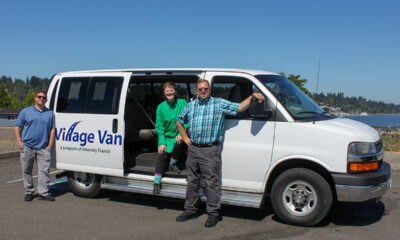
Funded by federal and state grants and operating in partnership with local social and public service agencies, Village Vans is an important community asset…

WASHINGTON – Sixty years ago this week, President Lyndon Johnson signed into law the Urban Mass Transportation Act of 1964 creating the…

As we move forward with providing support to you, we will prepare for the next change. It is my plan to continue the work and legacy that Amy has built at NCMM.

In Longmont, Colorado, addressing transportation gaps and enhancing accessibility has been a key priority for community stakeholders. Recognizing the need…
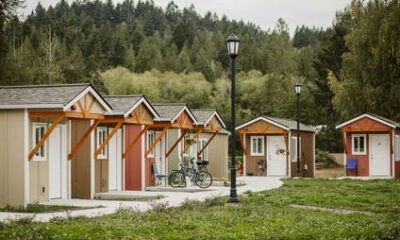
It may be surprising to find out how many veterans spend their lives on the verge of homelessness nationwide. Despite…
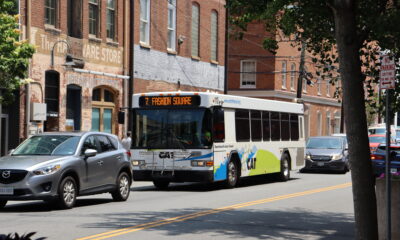
RICHMOND — The Virginia Department of Rail and Public Transportation (DRPT) today announced that its new Virginia Trip Planner is…

In one Oklahoma region, they’re using high impact, low-cost, proven interventions to start making roads safer for everyone.

“The success of the program lies in its ability to tailor transportation services to meet the unique needs of each individual. With staff expertise and lived experience, we ensure empathy and understanding are at the forefront of every trip, fostering trust and rapport among our riders.”

A RAISE grant recently awarded to Kenosha, WI is going to be used to create bike trails in a former railroad corridor.

Potomac Valley Transit Authority (PVTA) is using a $4.57 million RAISE grant to begin a shift from carbon to hydrogen fuel cell powered transit vehicles.
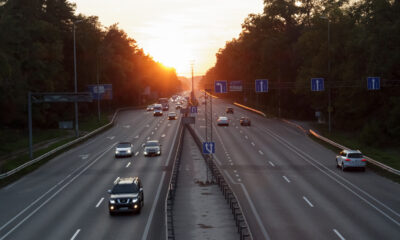
As COVID grants are ending, communities may be looking for alternative sources to fund multimodal transit projects.
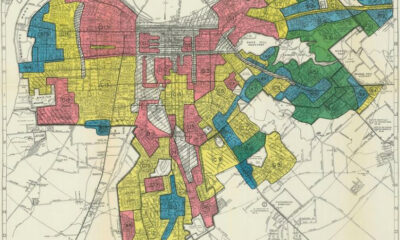
Louisville, KY’s RAISE Grant funds a capital project that will connect historically underserved communities with medical services and educational facilities.

As pedestrian fatalities from motor vehicle traffic continue to rise in the U.S., communities are looking for solutions to promote safety. Experts think parking are one place to start.
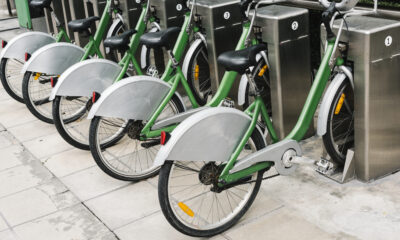
California’s capital city has grown by more than 10% in the past decade. As its population has expanded, a series of area agencies began meeting monthly to understand their shared goals.

The Pandemic hit mass transit hard. From fears of getting sick on public transportation to the rise of remote work, most metro areas are still not back up to the ridership they had in the Before Times. Some transit agencies are experimenting with gamification to lure riders back.
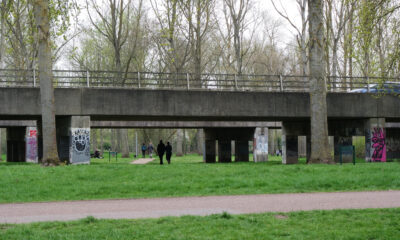
This multi-use trail project, funded by a Rebuilding American Infrastructure with Sustainability and Equity (RAISE) Grant, is designed to reinvigorate New Mexico’s largest city’s downtown while creating safer streets, a more environmentally sustainable environment, and improved quality of life.

In September 2023, the Transit Workforce Center unveiled research on various childcare support models within the transit industry, underscoring a critical link between childcare support and workforce availability.

Kayla, a native of Cambridge, Massachusetts, has cultivated a profound passion for serving communities since her upbringing in the vibrant…
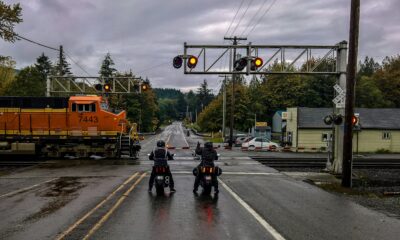
In North San Diego County, the City of Vista is using a Federal Transit Administration (FTA) Areas of Persistent Poverty (AoPP) grant to make its largest multimodal center more easily accessible for pedestrians and cyclists.
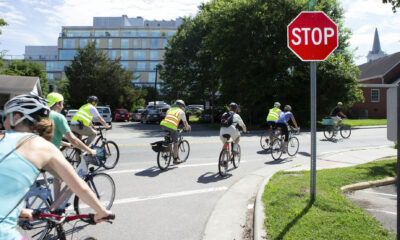
While this college town is home to America’s first public university, the percent of people living below the poverty line is almost 50% higher than the national average. To build equity and improve quality of life, the town is launching an ambitious plan, funded in part by a $1 million Rebuilding American Infrastructure with Sustainability and Equity (RAISE) grant.
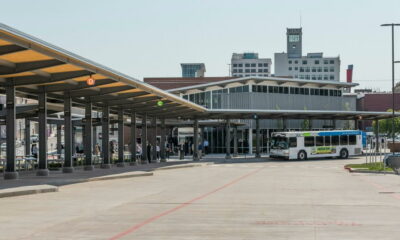
Bus operator vacancies nearly doubled in one year. Passengers didn’t have safe places to wait for buses in the evening. The bus station had more routes than bus bays, so the system needed to stagger routes leading to long waits for bus transfers. It was time for an upgrade, but it took the team eight attempts before they were able to successfully secure federal funding.

Utah’s Transportation Technology Group researches and implements emerging technology to provide safety information to drivers, vehicles, and control room operators. Their goal is to make transportation safer while improving mobility options and reliability for all users.
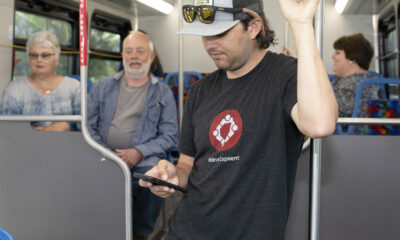
Bozeman, MT’s recent population growth has left some folks behind. A 2023 Federal Transit Administration (FTA) Areas of Persistent Poverty (AoPP) grant strives to create equitable access for underserved communities.
Have more mobility news that we should be reading and sharing? Let us know! Reach out to Sage Kashner (kashner@ctaa.org).
Please confirm you want to block this member.
You will no longer be able to:
Please note: This action will also remove this member from your connections and send a report to the site admin. Please allow a few minutes for this process to complete.